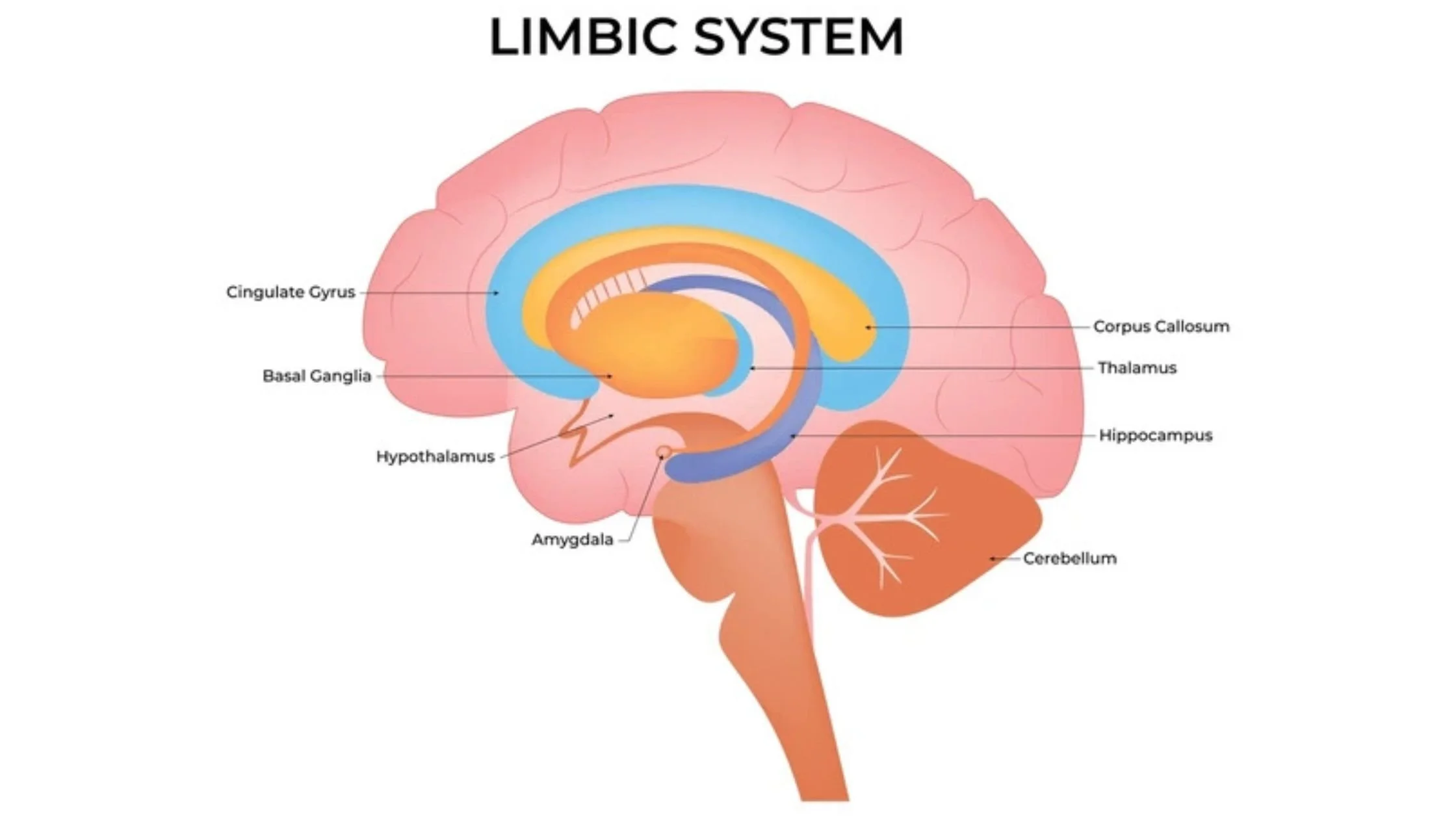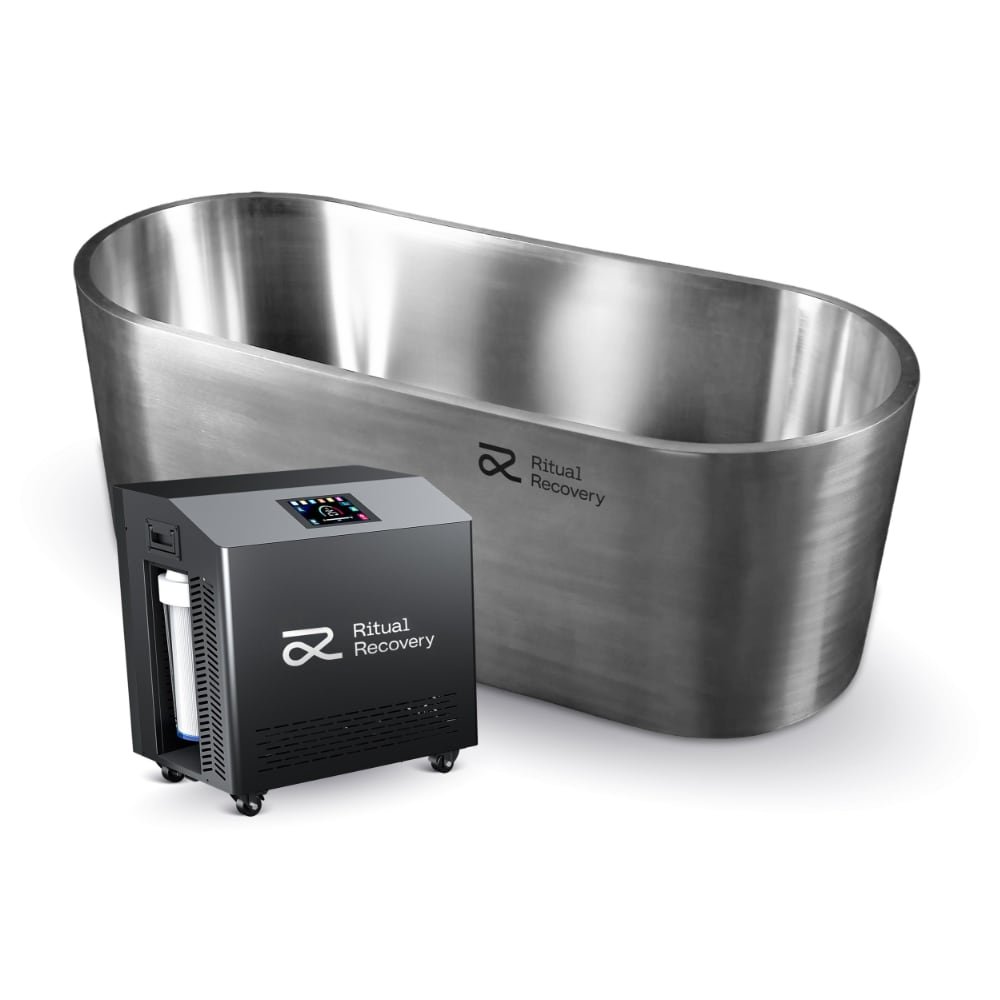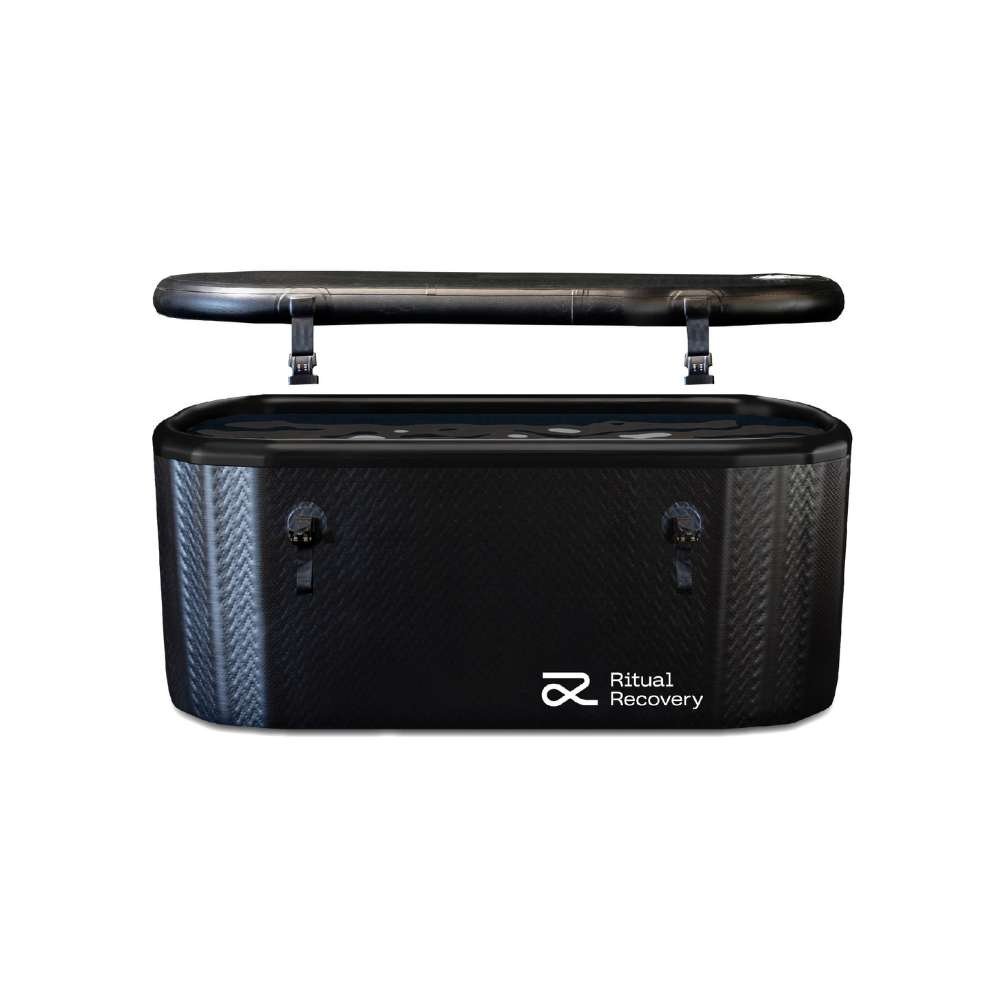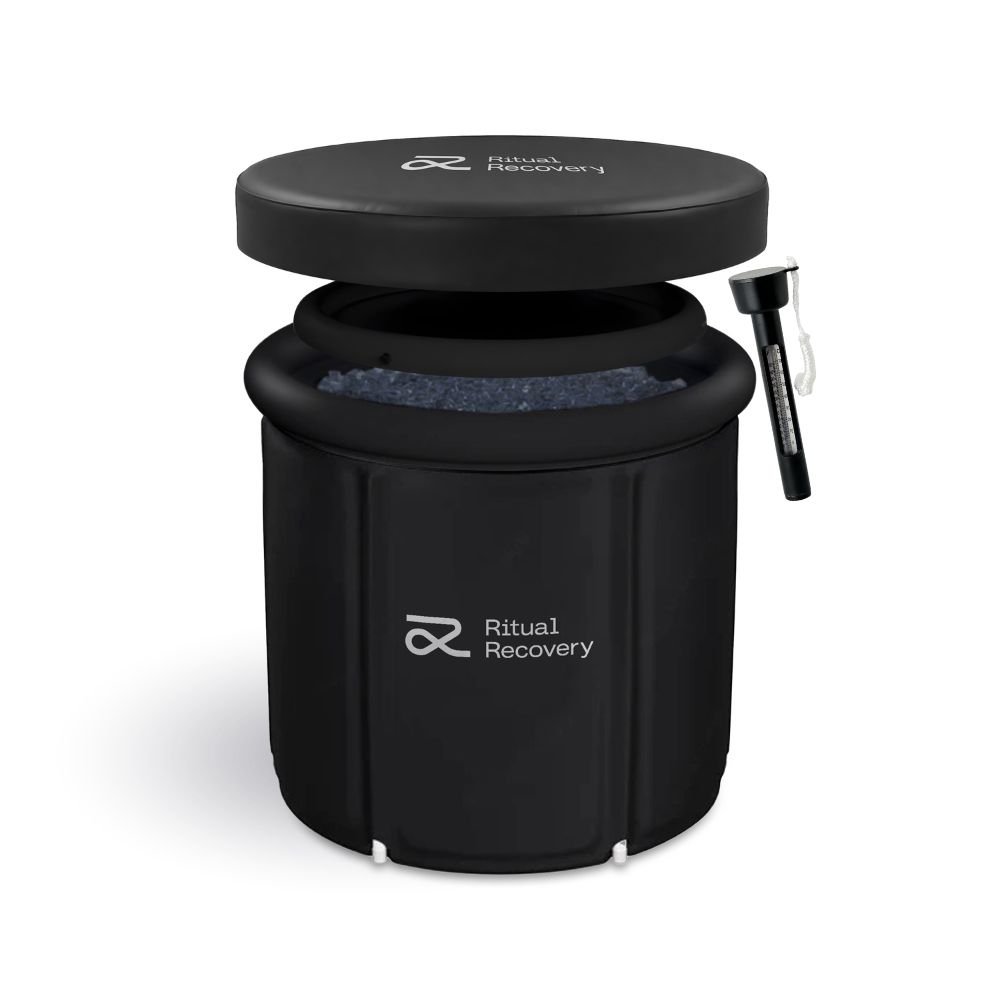Cold Therapy: Gym for the Limbic System
The first time I stepped into an ice bath, my whole body screamed at me to get out.
This is true for most people, it’s a natural reaction to extreme cold.
My chest tightened, my breath shot up into my throat, and my brain threw alarms like, this is dangerous, this is stupid, run.
That reaction wasn’t weakness. It was my limbic system doing its job.
Most people never think about the limbic system, yet it drives so much of what we feel and do.
It is the emotional core of the brain, sitting deep beneath the thinking cortex.
When you laugh, panic, feel motivated, or recall a vivid memory, your limbic system is at work. And when you deliberately expose yourself to the cold, you are training it like a muscle.
What is the Limbic System?
The limbic system is not one structure but a network of brain regions that work together to regulate emotions, memory, and survival instincts. Here are the key players:
Amygdala – The brain’s alarm system. It processes fear and threat, keeping you safe but also driving anxiety when overactive.
Hippocampus – The memory hub. It stores and organizes experiences, and is sensitive to stress hormones.
Hypothalamus – The body’s regulator. It controls hormones, body temperature, hunger, sleep cycles, and links the nervous system with the endocrine system.
Cingulate cortex – A bridge between emotion and behavior. It helps you regulate feelings and focus under pressure.
Nucleus accumbens – The reward and motivation center. It is what lights up when you feel pleasure or achievement.
Together, these structures shape how you react to stress, how you form memories, how you stay motivated, and how you regulate your emotions.
Functions of the Limbic System
In simple terms, the limbic system handles:
Emotion: Generating fear, anger, joy, attachment, and empathy.
Memory: Turning short-term moments into long-term memories, especially those tied to strong feelings.
Motivation: Driving behaviors like seeking reward, pursuing goals, and pushing through discomfort.
Homeostasis: Balancing stress hormones, temperature, sleep, and hunger.
Survival: Triggering fight-or-flight reactions to protect you from threats.
This is why life feels different when the limbic system is out of balance.
You’ve probably felt it at times.
When it’s really out of whack - anxiety, depression, addiction, and memory problems often trace back to disruptions in these circuits.
How Cold Therapy Trains the Limbic System
Cold therapy is a controlled stressor. It shocks the system, and the limbic network fires on all cylinders. The training effect comes from what happens next.
1. Amygdala: Facing Fear
That jolt of panic when you first get in is pure amygdala. By staying calm and slowing your breath, you show your brain that the alarm doesn’t always mean danger. Over time, this makes you less reactive to daily stress. I like to focus on an exhale breath that is comparatively longer than in the inhale breath. For example, 4 second inhale to 6 second exhale. This offers a signal of safety to the nervous system through the stressful first moments.
2. Hippocampus: Building Resilience
Cold exposure reduces baseline cortisol levels. Lower stress hormones protect the hippocampus, improving memory and focus. You start to feel sharper and less foggy even under pressure.
3. Hypothalamus: Hormonal Reset
Cold water activates the hypothalamus, which floods the body with norepinephrine for focus and dopamine for motivation. The dopamine rise is not short-lived like a sugar high. It can last for hours, leaving you calm, clear, and uplifted.
4. Cingulate Cortex: Practicing Control
Each time you hold yourself steady in the ice, the cingulate cortex strengthens. You are rehearsing emotional regulation in its rawest form. That same skill helps in real life — whether it’s handling a difficult conversation or resisting impulsive reactions.
5. Nucleus Accumbens: Reward Without the Crash
The reward system lights up after cold immersion. The steady dopamine release creates a deep sense of satisfaction and motivation. Unlike social media or other quick hits, this lift builds resilience instead of dependency.
Autonomic Flexibility: The Real Superpower
One of the less talked about benefits of cold therapy is autonomic flexibility - the ability to switch smoothly between the sympathetic nervous system (fight or flight) and the parasympathetic nervous system (rest and recover).
When you step into freezing water, the sympathetic system slams on: heart rate spikes, adrenaline floods, breathing races.
If you stay calm and regulate your breath, you teach the body to engage the parasympathetic system even under stress.
Over time, this flexibility means you can handle challenges without getting stuck in overdrive.
Dr. Andrew Huberman, a neuroscientist at Stanford, has spoken about this on his Huberman Lab Podcast. He notes that deliberate cold exposure helps train the nervous system to tolerate stress better by practicing these state shifts.
Dr. Susanna Søberg, one of the leading researchers in cold exposure, has also shown that cold plunges build resilience by balancing the stress response and extending dopamine release for hours afterwards.
That flexibility doesn’t just matter in the ice. It shows up in traffic jams, high-stakes meetings, and moments of conflict. Instead of being carried away by stress, your system adapts faster.
Ice Bath = Gym For The Mind
Think of the limbic system as a set of muscles.
If you never challenge them, they stay weak, you lose muscle tone, power and strength.
Stress overwhelms you, fear dominates, memory falters.
Cold therapy is resistance training for the emotional brain. Each plunge is a rep.
Progress also looks the same as physical training. In the gym, you overload a muscle so it can adapt and grow. In the ice bath, you overload your stress circuits so they adapt and recover faster.
Both build resilience - one in the body, the other in the mind. The result is a stronger baseline.
Just as squats make you more capable of carrying heavy groceries, or performing better in competition, cold exposure makes you more capable of carrying life’s stress without breaking down.
In short, cold therapy is the limbic system’s workout plan: it’s uncomfortable at first, but the more consistently you train, the more durable, flexible, and resilient you become.
Each shiver session you’ve consciously breathed through despite the challenge of it is a weight lifted.
Over time, you become calmer in chaos, sharper under stress, and more emotionally resilient.
Final Thoughts
For me, cold therapy stopped being just a physical practice and became mental training.
Every time I step into the ice, I am not just hardening my body.
I am giving my limbic crew a workout.
Cold therapy is gym for the limbic system, and like any workout, it leaves you more capable than when you started.






